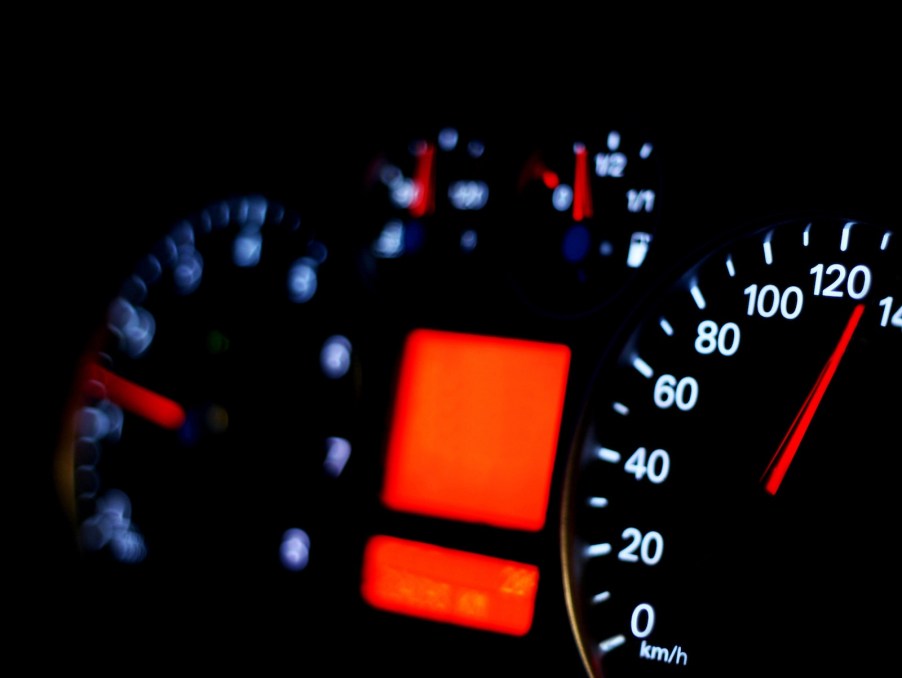
California Considering ‘Speed Limiter’ Law for All New Cars, and I Don’t Hate It
I try to be a responsible and cautious driver. But I am hesitant to admit how often I find myself driving along wondering, Am I in a 45 mph zone or a 60 mph zone? I’ve even been known to open my navigation app just because I know it will show me the current speed limit. So I wouldn’t mind if California requires new cars show drivers the current speed limit. The feature–if unobtrusive–could actually save me some trouble.
When Ford built my 1988 F-150, the federally-mandated speed limit was 55 mph. The truck’s speedometer goes up to 100, but after 55 mph the gauge turns red. Like the “danger” zone on the tachometer. Accidentally driving that rig too fast isn’t a problem I have on my 33-inch tires. But I appreciate Ford’s thoughtfulness.
An increasing number of new vehicles have digital speedometers. One unobtrusive way to communicate the speed limit would be a similar red “danger” zone on the speedometer set by your current speed limit. Another option would be a little “current speed limit” window on the dashboard. I love both of these ideas.

What I don’t love is an active speed limiter built into new cars. The idea, floated from time to time by various governments, is that they tell automakers how fast they want residents driving. When automakers offer cars in that state, there’s a limiter–ironically called a “governor”–that keeps you from getting above a certain mph.
The current California law, which was passed by the state senate, is called SB 961. It calls for “passive speed limiters” installed on all new cars sold in 2032 and beyond. They will “warn drivers with audible and visual signals when they exceed the speed limit by greater than ten miles per hour.”
I don’t love the “audible” signals part of the system. I don’t think we need yet another distraction for drivers, especially while speeding up and changing lanes to complete a pass in bumper-to-bumper traffic on the 101. But overall, cars telling me what the current speed limit is could be a useful bit of data.
Next, read how California banned chrome, or learn about the first draft of California senate’s SB 961 and its “active speed limiter” proposal in the video below:



